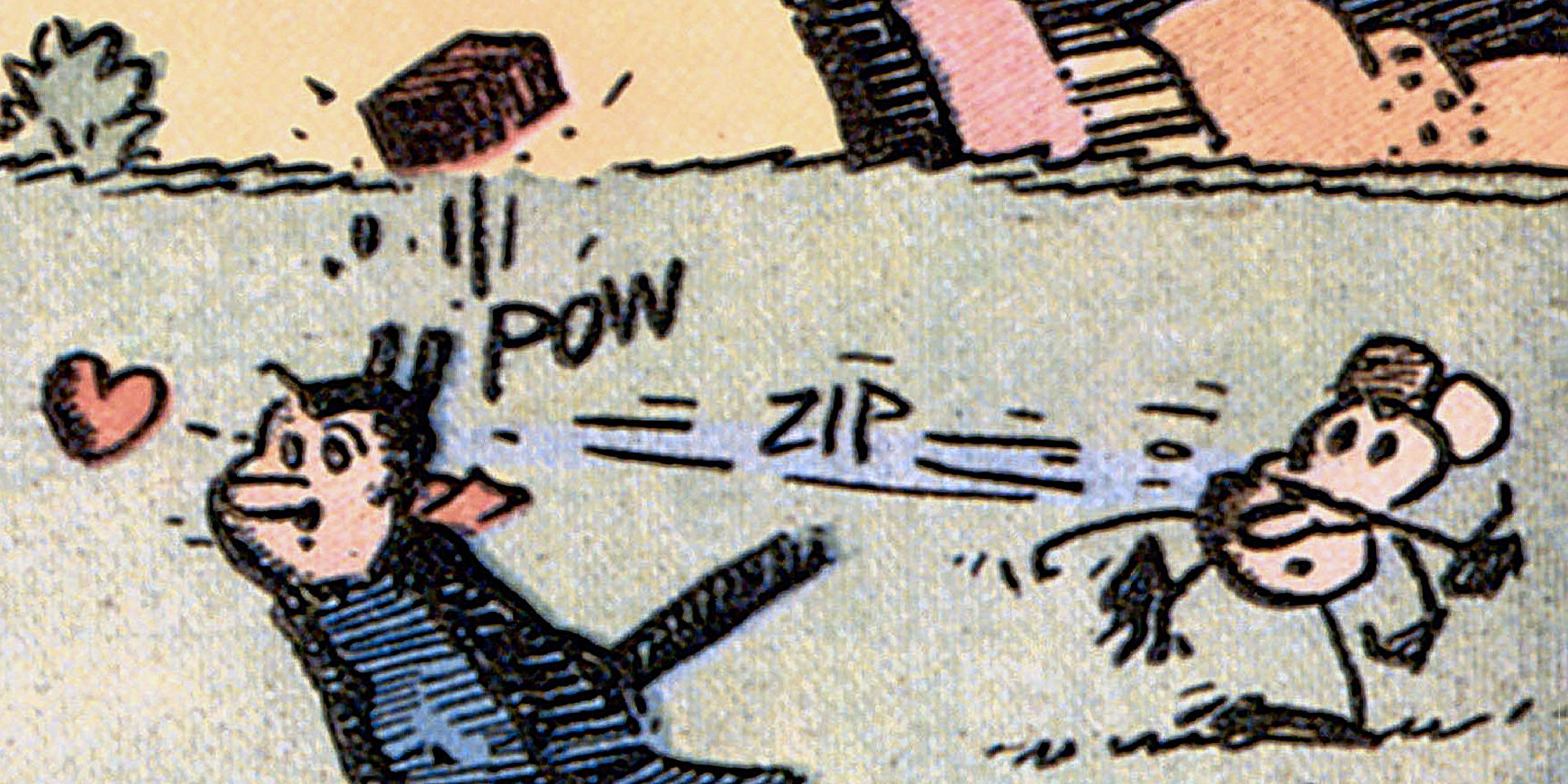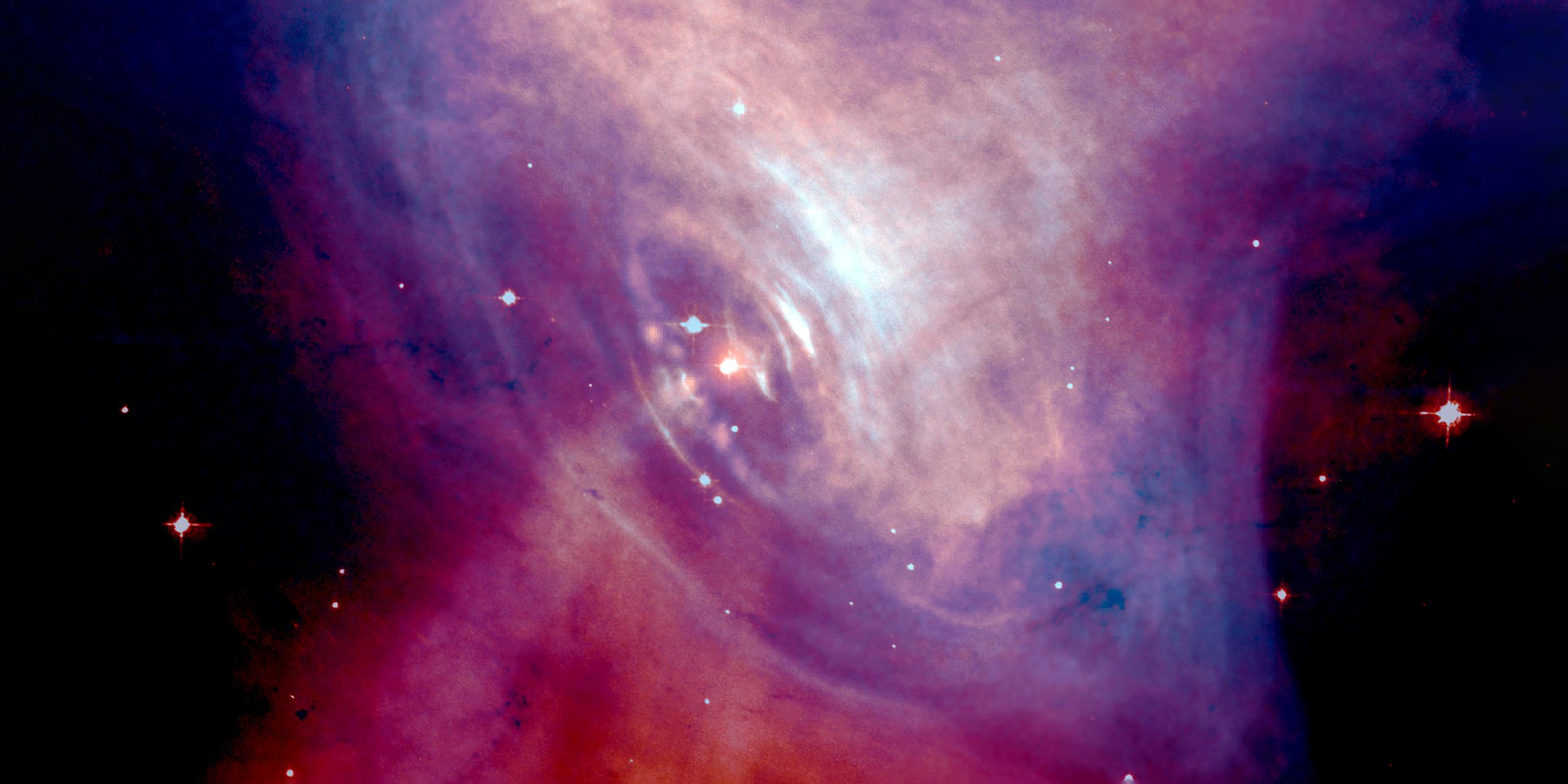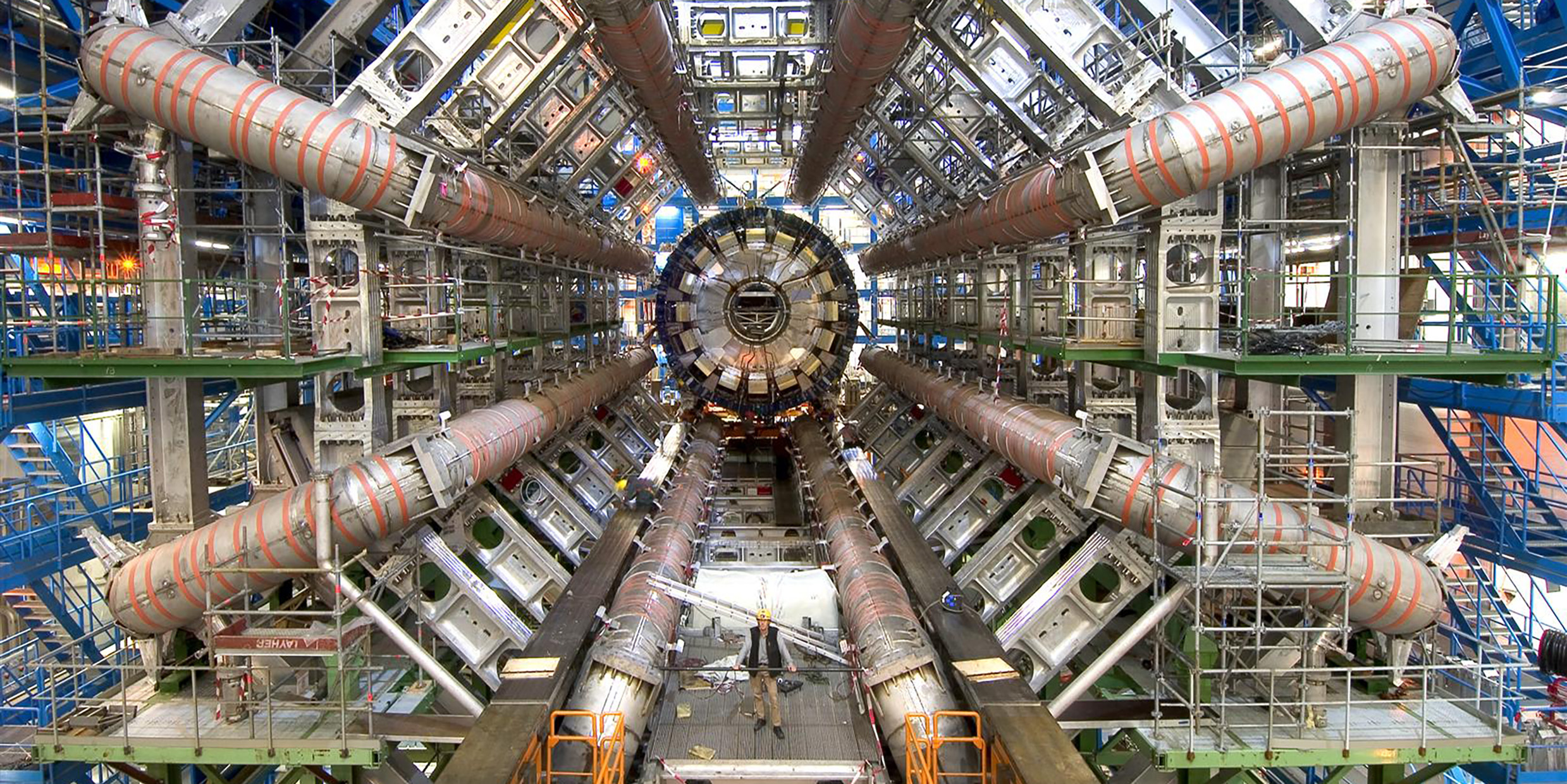A cat loves a mouse named Ignatz. The mouse’s sole goal in life is to bean the cat with a brick, a villainy welcomed by the cat as a sign of affection, and perhaps it is. A badge-bearing canine, Offissa Pupp, adores the cat and wants the mouse safely behind bars. All of this in a surreal desert place called Coconino County.
Physics
Chicago, December 1942
Physicist Albert Wattenberg was poking about in the Chicago branch of the National Archives recently. He was looking for artifacts used by Enrico Fermi and his team of nuclear physicists in achieving the first self-sustaining nuclear reaction in a squash court under the University of Chicago’s football stadium in December 1942.
It took a gift for fancy to come up with relativity
Einstein said: “The most incomprehensible thing about the world is that it is comprehensible.”
What is the Higgs boson anyway?
American high-energy particle physicists want $10 billion of the taxpayer’s money to build the Superconducting Supercollider, a colossal particle-accelerating machine in a 50-mile-long tunnel under the Texas prairie.
Particle accelerators and matters of faith
It is a common conceit among high-energy particle physicists to compare their giant accelerating machines to the Gothic cathedrals of the Middle Ages.
Taking stock of cold fusion
A guy walks up to me at a party. A business type. I think his name was McGuire. “I just want to say one word to you. Just one word.”
In the New Mexico desert, the test was of physics itself
It was the most fateful physics experiment of all time. The experiment was called Trinity, and it took place in the New Mexico desert on the morning of July 16, 1945.
Time machinations
A lot of very clever people have been thinking about time machines lately.
In pursuit of the elusive, ephemeral green flash
The sky is full of tricks of light. Daytime radiances include rainbows, sun dogs, coronas, and glories. Recently, from the coast of Alaska, I saw a circumzenithal arc, the rare and famous “backwards rainbow” that appears high overhead. At nighttime add moon bows, noctilucent clouds, the gegenschein, and zodiacal light.
Beer bubble mathematics
Back in the early 1970s a physicist named Robert March published a popular textbook called “Physics for Poets.” The name caught on. Since that time dozens of schools have offered courses called “Physics for Poets” as ways of attracting non-scientists to the study of physics.









